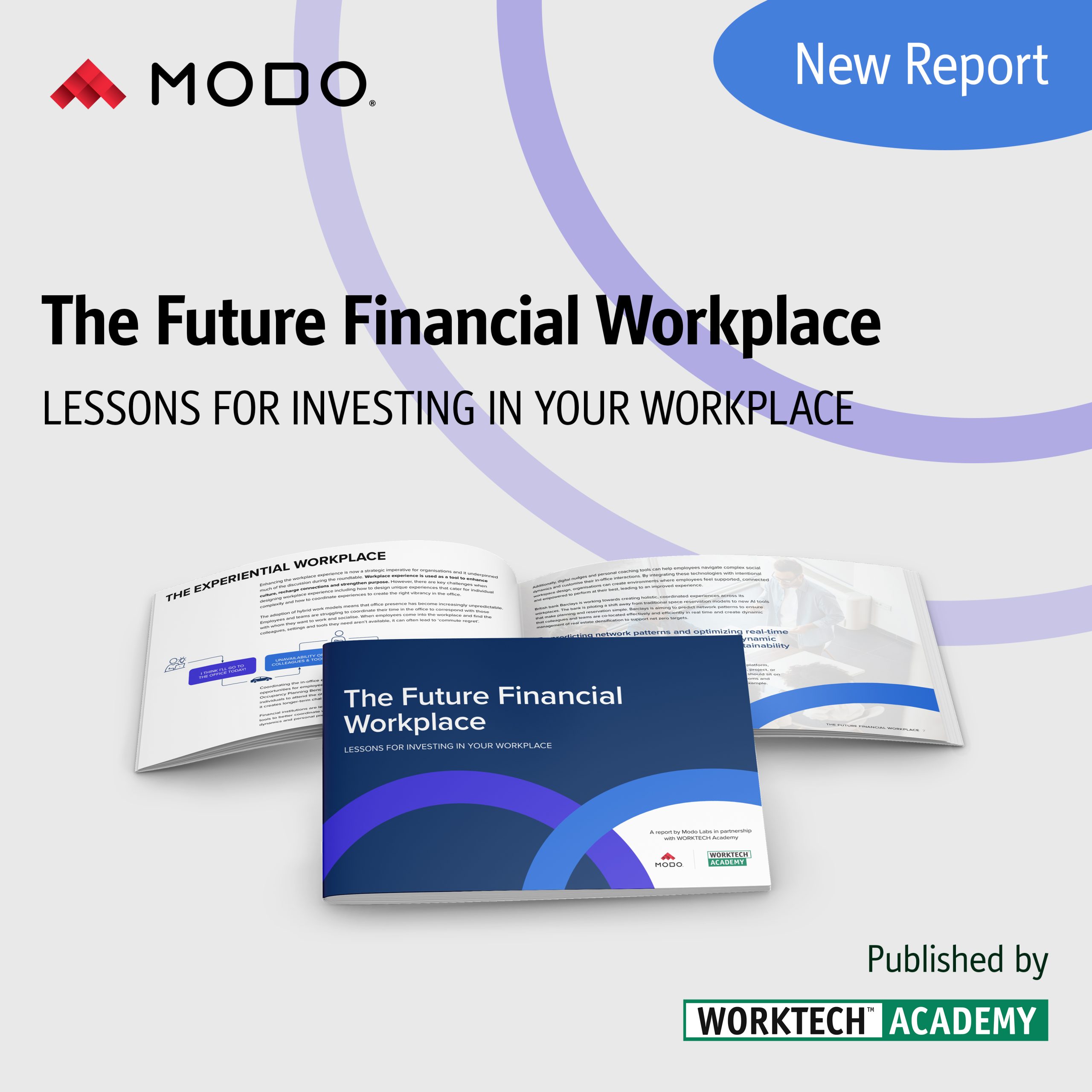Productivity on a plate: can food play a part in raising workplace performance?
How can food transform the workplace experience? And what tangible metrics can organisations draw from implementing outstanding food services? A new whitepaper from Aramark looks at potential productivity savings
Designing the right workplace experience for a business is unique to every building. It is not enough for organisations to simply keep up with the latest trends and unthinkingly implement them into its workplace design.
Food service provider Aramark has identified 12 key factors, in three categories, that need to be considered when looking at changing the work experience in any business.
Firstly, there is a hierarchy of needs: physiological, safety, belonging, prestige and accomplishment. Secondly, the workplace experience should consider: health, community, career and expression. Lastly, the workplace design needs to look at place, people, culture, and technology. The consideration of these 12 factors translates into designing the right work experience for the business.
But where does food come into play? Often regarded as an after-thought or a luxury, food services take a backseat in workplace experience and design when, in reality, food could be the key to unlock significant productivity savings.
In a new white paper, Productivity on a Plate, Aramark identifies the four P’s of food provision: proximity, price, productivity and purpose. This is built on research from the Society of Hospitality and Foodservice Management (SHFM), which found that where there is a valued food service available within a five-minute commute of a workstation, productivity can be improved by up to 20 minutes per day.
Based on these findings, Aramark calculated the annual financial savings and productivity gains of just five minutes of increased productivity per day – and the findings are significant.
Five key steps to improving food provision
It is not always obvious to know where to start when implementing a change in the workplace, but collecting workplace data is a good place to start. The white paper outlines five key steps to undertake when reviewing access to food amenities and services.
- Outline a detailed floor plan of the campus, site, building
- Map out the demographics and clusters of work types, and average salaries by group
- Plot the existing amenities, and detail what they are
- Indicate travel distances (walking) on a map of the workplace
- Provide existing labour turnover rates and cost per employee
These steps can help organisations identify the existing opportunities to improve the workplace experience and the company’s overall productivity. When productivity remains a top concern for many organisations, can we afford to ignore the impact that food has on performance?








